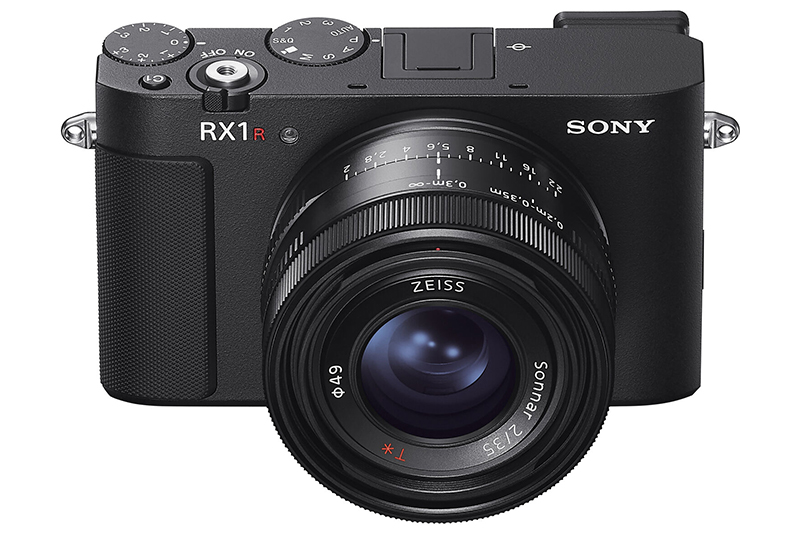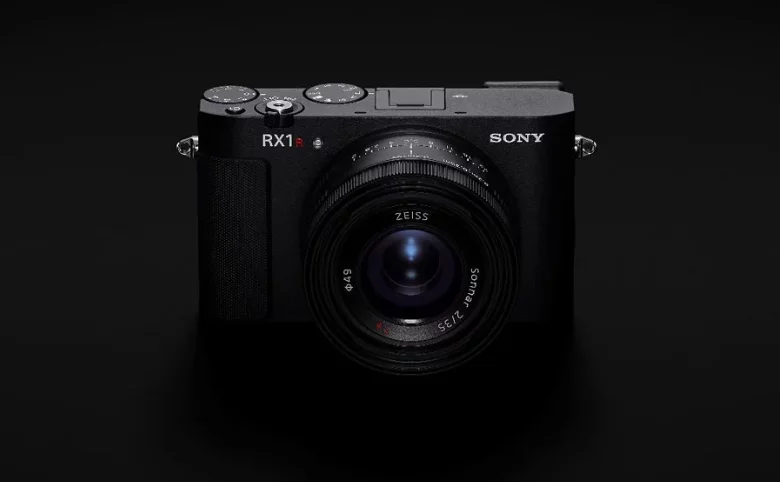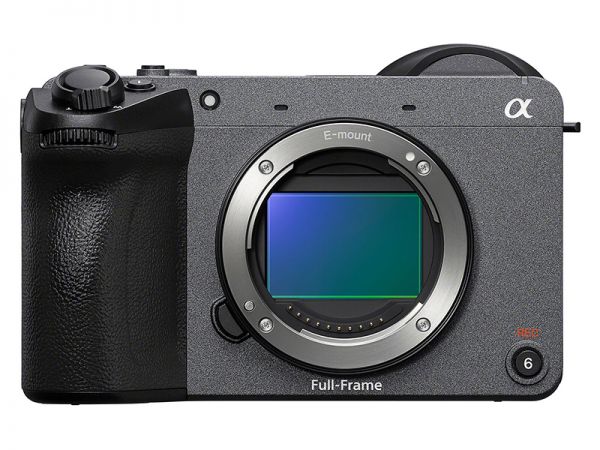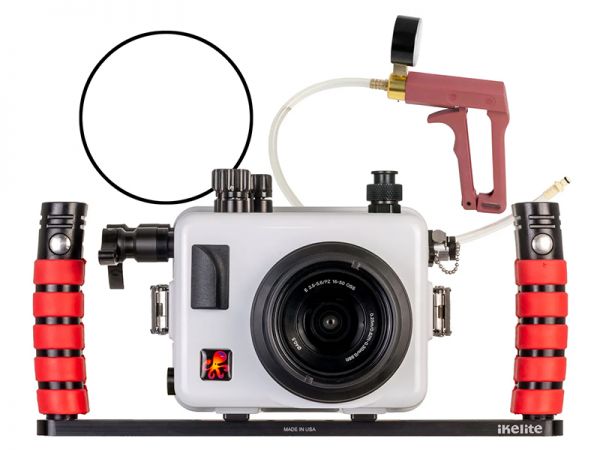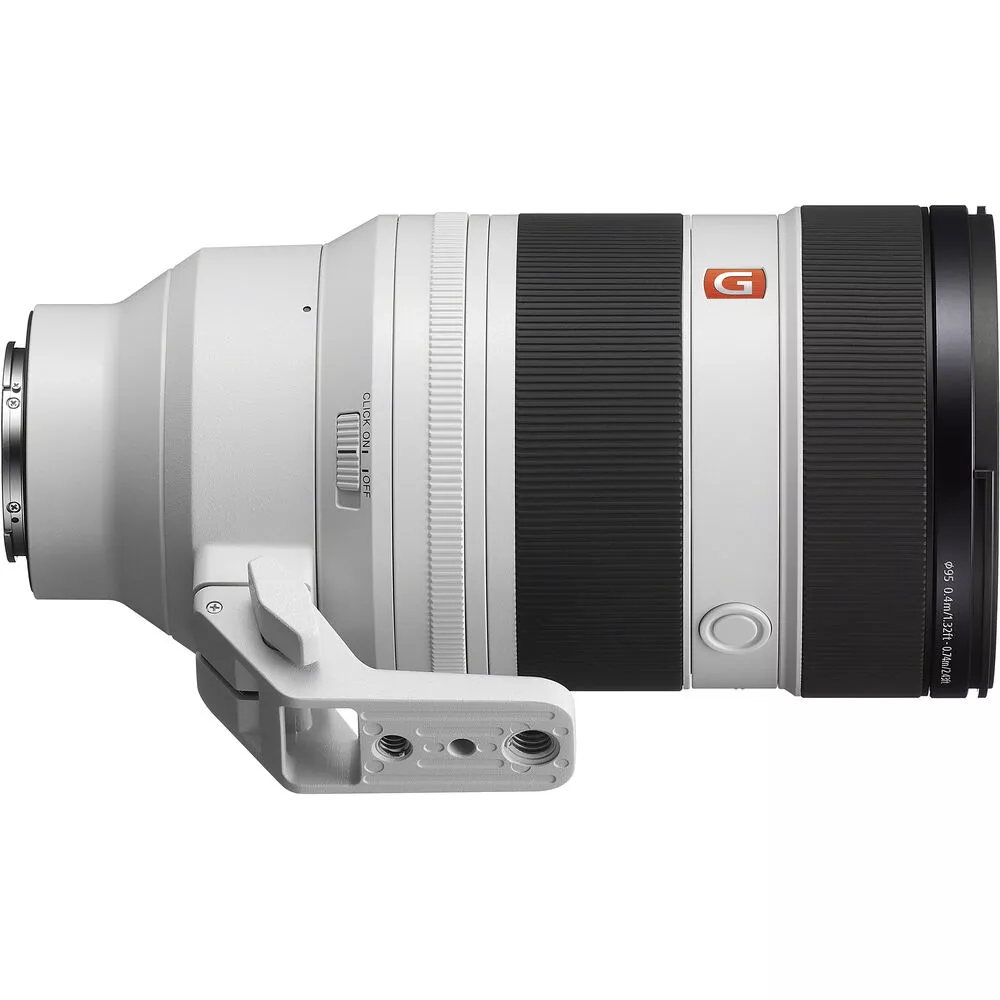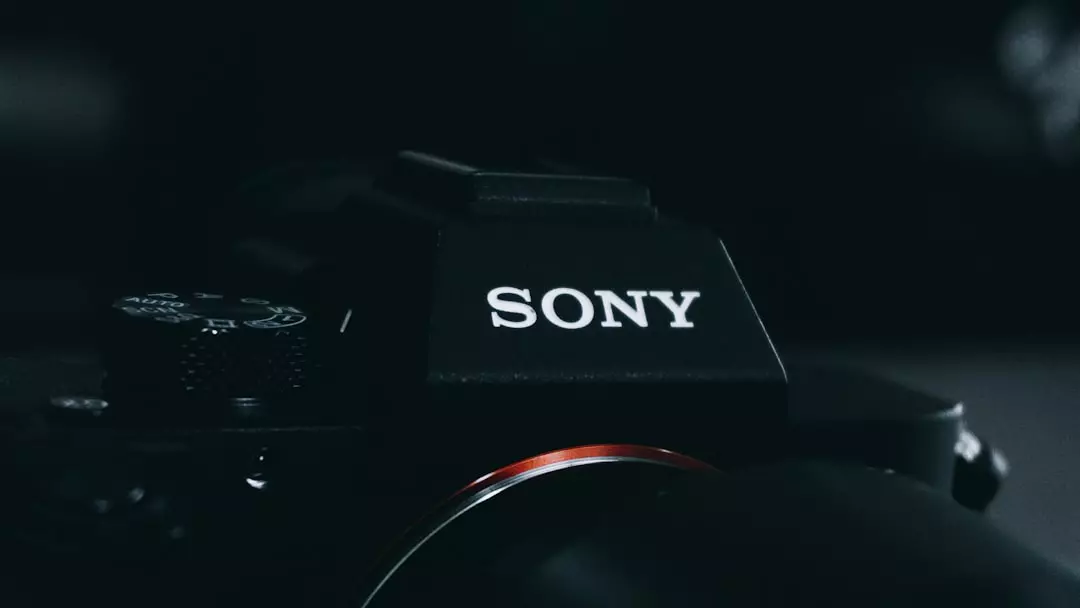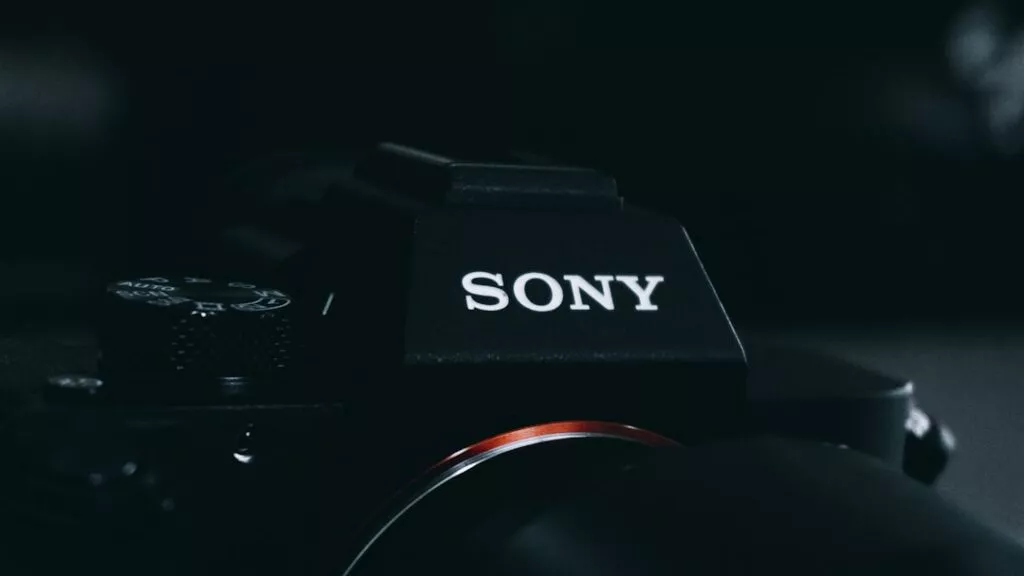[ad_1]
Sony has announced the FE 100mm F2.8 Macro GM—apparently the first macro lens deemed worthy of the company’s “G Master” label, signifying a premium, top-tier lens featuring the company’s most advanced optical design and technology. The high-end full-frame macro lens can achieve up to 1.4x reproduction, and when paired with a teleconverter, 2.8x magnification.
Constructed using 17 elements in 13 groups—including two XA (extreme aspherical) elements and two ED (Extra-low Dispersion) elements designed to minimize chromatic aberration—the lens features an 11-blade aperture for “gorgeous G Master bokeh”; a pair of linear XD motors, which are faster, quieter and more accurate than the piezoelectric drive in its FE 90mm f/2.8 macro lens; and an optical image stabilization system that works in tandem with in-body image stabilization in Alpha camera bodies. A Nano AR Coating II aims to boost contrast and clarity by suppressing flare and ghosting.
The lens offers a minimum focus distance of 10.2″ (26cm), weighs 22.8oz (646g) and is 5.8″ (148mm) long. As well as an AF/MF switch and an on/off switch for the optical stabilization, there’s a control for clicking and declicking the aperture ring and an iris lock switch. The lens also has two customizable function buttons. The lens works with both Sony’s 1.4x (SEL14TC) and 2x (SEL20TC) teleconverters.
Released on November 13th, the Sony FE 100mm f/2.8 Macro GM will retail for $1,500.
When purchasing underwater photography equipment like the products mentioned in this article, please support DPG by supporting our retail partner—Backscatter.com.
PRESS RELEASE
Sony Electronics Expands the G Master Series with the Versatile FE 100mm F2.8 Macro GM OSS
Delivers Stunning Detail with up to 1.4x Magnification, Advanced Stabilization, and Optimized Macro Controls
SAN DIEGO, Sept. 30, 2025 – Sony Electronics releases the FE 100mm F2.8 Macro GM OSS (SEL100M28GM), the new medium telephoto macro lens in the G Master™ series, compatible with α™ (Alpha™) E-mount cameras, featuring 1.4x magnification, advanced stabilization, and intuitive handling.
“We’re on a constant mission to expand creative possibilities for visual storytellers, and the FE 100mm F2.8 Macro GM OSS fulfills that by going beyond traditional macro photography,” said Yang Cheng, Vice President of Imaging Solutions, Sony Electronics Inc. “With its world-class optical quality, it enables not only macro photographers, but also portrait and wedding photographers, to take their craft to a new level. We’re thrilled to offer the FE 100mm F2.8 Macro GM OSS as part of our acclaimed G Master series, maintaining a standard of peak performance Sony creators have become accustomed to.”
Beyond Life Size
The FE 100mm F2.8 Macro GM OSS achieves a maximum magnification of up to 1.4x, making it easy to capture flowers, small objects, and other close-up subjects in vivid detail, revealing subtle textures and features that are difficult to see by the naked eye.
Compatible with an optional teleconverteri (sold separately), the lens offers up to 2.8x magnificationii. This enables impressive close-up shots while keeping a comfortable working distance. It is ideal for subjects that are hard to approach or for avoiding unwanted reflections.
State-of-the-art Hardware Design
The optical design effectively positions elements including two XA (extreme aspherical) lenses and two ED (Extra-low Dispersion) glass elements to achieve high-resolution performance from the center to the periphery of the image, reducing chromatic and other aberrations.
To allow precise and intuitive focus adjustments for a variety of macro photography scenes, the lens offers three focus-dedicated features: a “Full-time DMF switch” enables instant MF (manual focus) by rotating the focus ring, even in AF (autofocus) mode; the “Focus Mode switch” allows instant switching between AF and MF; the “Sliding Focus Ring” enables FULL MF mode, linked to the distance and magnification scales.
The four unique XD (extreme dynamic) linear motors that enable high-speed, high-precision, and quiet lens drive, make autofocus (AF) performance up to 1.9 times fasteriii than previous models.
A dedicated aperture ring offers quick, direct control over aperture settings.
Exquisite Image Quality
The 11-blade circular aperture produces beautiful, ball bokeh, while carefully controlled spherical aberration ensures an ideal balance of resolution and background blur — creating the signature creamy bokeh of the G Master line.
The unique “Nano AR Coating II” applies a uniform thin film to the entire lens surface, resulting in clear image quality that suppresses flare and ghosting even in backlit conditions.
An integrated optical image stabilization system, designed for macro photography, accurately compensates for shift shake (up/down/left/right), angular shake, and front/back shake, ensuring steady handheld shots.
Pricing and Availability
The FE 100mm F2.8 Macro GM OSS will be available in November 2025 for approximately $1,499.99 USD and $1,799.99 CAD. It will be sold directly through Sony and at a variety of Sony’s authorized dealers throughout North America.
For more information, visit: https://electronics.sony.com/imaging/lenses/all-e-mount/p/sel100m28gm
Exclusive stories and exciting new content shot with the new FE 100mm F2.8 Macro GM OSS and Sony’s other imaging products can be found at www.alphauniverse.com, a site created to inform, educate, and inspire content creators.
i Compatible with the 1.4X Teleconverter SEL14TC and 2X Teleconverter SEL20TC.
ii When the 2X Teleconverter “SEL20TC” is attached
iii Sony measurement conditions. Compared to the FE 90mm F2.8 MACRO G OSS SEL90M28G lens for the α E-mount digital single-lens camera.
https://www.youtube.com/watch?v=TC7v6L6i0zw
[ad_2]
Source link
















